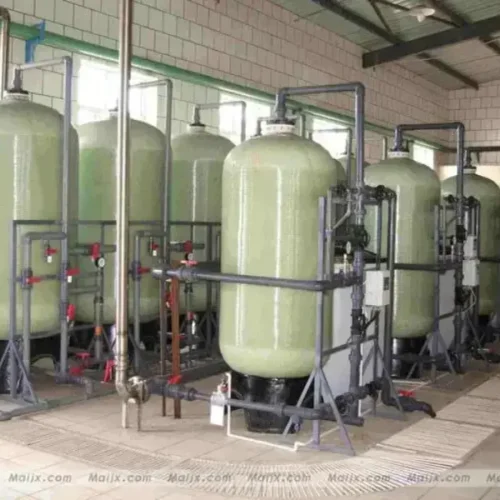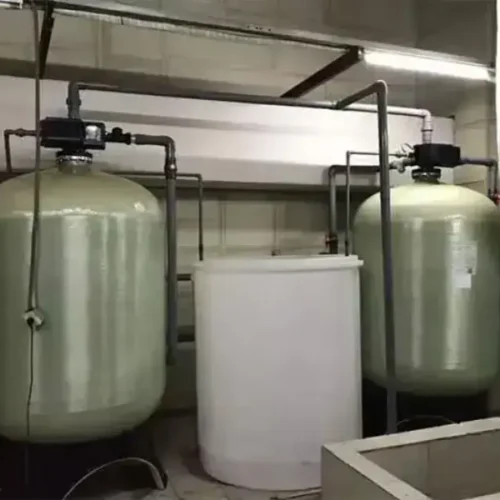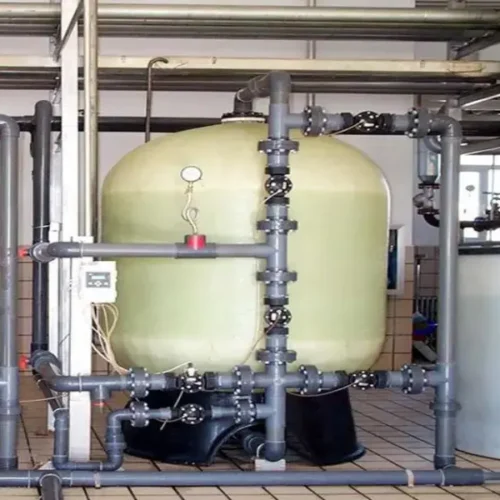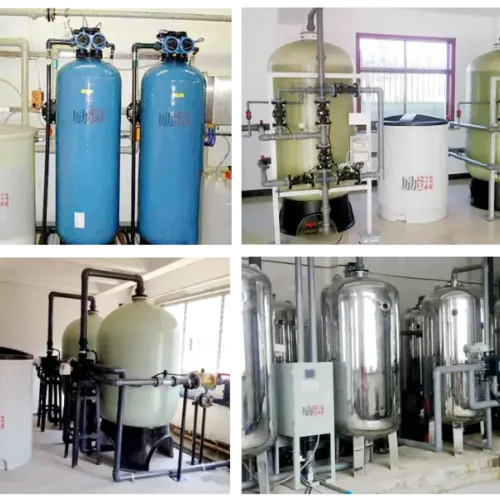Why You Need an Ion Exchange Water Softener System
Hard water can cause significant issues, including clogging pipes, damaging boilers, and affecting heat exchangers. To prevent these problems, a water softener system is essential. Hard water often leads to lime scale deposits in industrial, commercial, and household water systems, creating maintenance and operational challenges.
A water softener system can operate efficiently for up to 20 years. Our water softeners are built for durability and reliability, minimizing the risk of system malfunctions. Additionally, choosing Haiyuan for your water softening needs offers several benefits. We have over 20 years of experience as a global supplier of water softener systems, serving various industries and applications. Our systems are renowned for their low cost, high reliability, and long-term performance, making them a top choice.
How Water Softener Systems Work?
Water softener systems utilize ion exchange to remove magnesium and calcium from the water, replacing these hardness minerals with sodium ions. When hard water enters the mineral tank, it encounters a bed of resin beads. These beads capture the calcium and magnesium ions, releasing sodium ions in exchange.
What Do Water Softeners Do?
Industrial water softener systems are specialized ion exchangers that remove positively charged ions. They primarily target calcium (Ca²⁺) and magnesium (Mg²⁺) ions, known as “hardness minerals.” Additionally, water softeners can sometimes remove iron from the water.
Softening devices can eliminate up to five milligrams per liter (5 mg/L) of dissolved iron and operate in automatic, semi-automatic, or manual modes. Each type is rated based on its capacity to remove hardness before requiring regeneration. Commercial water softeners capture hardness minerals within a conditioning tank and periodically flush them away to the drain.
When applying an ion exchanger for water softening, the system replaces calcium and magnesium ions with sodium or potassium ions. The exchanger adds sodium and potassium salts (NaCl and KCl) to the reservoir, facilitating the ion exchange.




